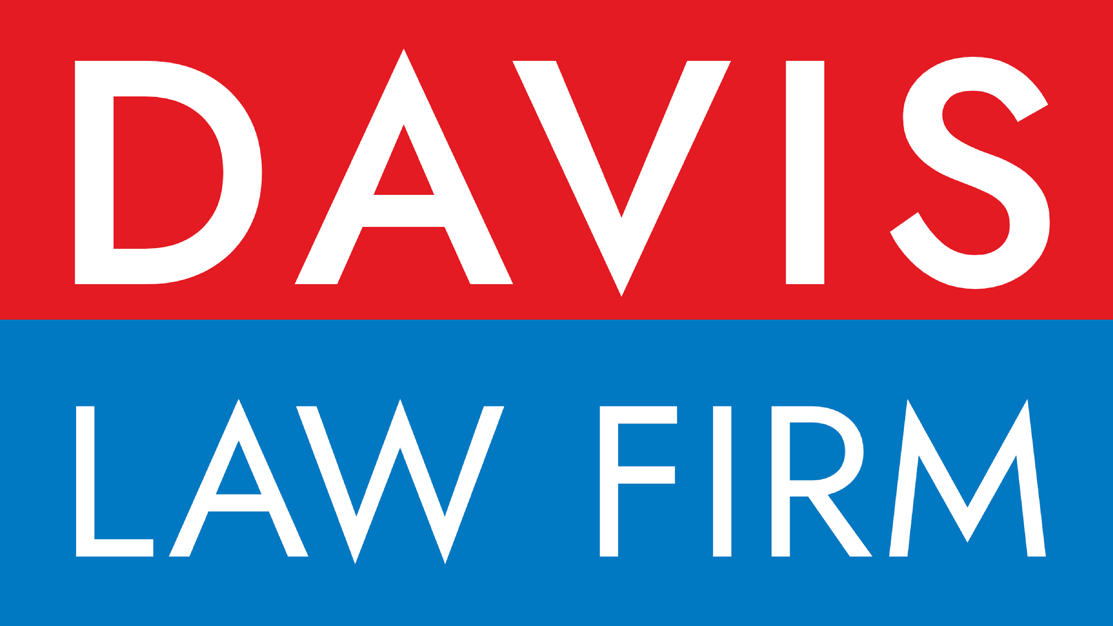Studies have shown that people spend much more when paying with credit rather than cash. And as time goes on, there is a cumulative effect to this. The balance starts to grow, and suddenly someone may be facing credit card harassment from bill collectors.
For many people, however, living off of credit doesn’t necessarily mean they’re on a spending spree. It may mean they’ve lost a job or suffered an illness or injury that led to large medical debt.
The old saying used to be that “The rich get richer, the poor get poorer.” Today, after the Great Recession, a variation goes like this: The very rich still get richer; everyone else must fight against going deeper in debt.
Since 1983, the debt-to-income ratio for people whose incomes are below $160,000 per year has escalated to $1.48 for every $1 in income. Research by economists at the International Monetary Fund showed that in 1983, the comparable ratio for people in the bottom 95 percent was 62 cents in debt for every dollar of income.
The top 5 percent, by contrast, are thriving. The debt-to-income ratio for this group has actually fallen since 1983, from 76 cents on the dollar to 64.
But as incomes have dropped so many average Americans, they’ve had to go deeper into debt to maintain their material standard of living.
Credit has stepped in to fill the financial void. No-cash down mortgages, home equity loans, credit cards, car loans – before the Recession, the list was plentiful.
The bubbles have burst, though, and it’s a different time. But bankruptcy remains a viable way for many people to get a fresh start.
Source: “Debt inequality is the new income inequality,” Tami Luhby, CNN Money, 5-2-12
